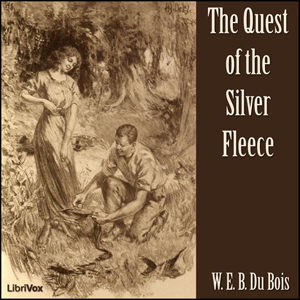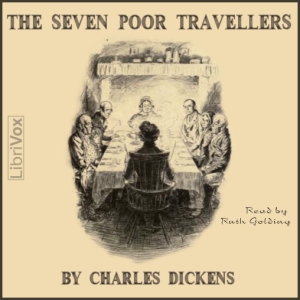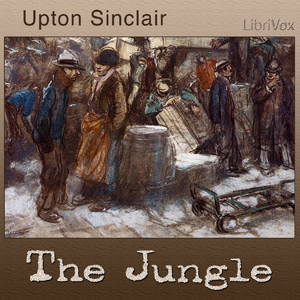- Abbotsford, Part One
- Abbotsford, Part Two
- Abbotsford, Part Three
- Abbotsford, Part Four
- Abbotsford, Part Five
- Abbotsford, Part Six
- Abbotsford, Part Seven
- Newstead Abbey - Historical Notice
- Newstead Abbey - Arrival at the Abbey
- Newstead Abbey - The Abbey Garden
- Newstead Abbey - Plough Monday
- Newstead Abbey - Old Servants
- Newstead Abbey - Superstitions of the Abbey
- Newstead Abbey - Annesley Hall
- Newstead Abbey - The Lake
- Newstead Abbey - Robin Hood and Sherwood Forest
- Newstead Abbey - The Rook Cell
- Newstead Abbey - The Little White Lady
Although this book may not have the immediately recognizable title of, say, “Rip Van Winkle” or “Legend of Sleepy Hollow,” this book deserves its place among the pantheon of Washington Irving’s classics. Irving, who traveled extensively in his youth and throughout his life, was given a firsthand look into the lives of two great writers of the Empire: Sir Walter Scott and Lord Byron.
Irving first chronicles his visit to Abbotsford, the home of Sir Walter Scott, whom he notes had not, at the time of his stay, yet received his title of “baronet.” Scott gives Irving a personal tour not only of his home but of the surrounding neighborhoods and landmarks that are a part of Abbotsford. We get a unique glimpse into the private life of the celebrated writer and the reverence the people of his time held him in.
Irving next moves on to Newstead Abbey, the home of the then-late Lord Byron. His travels are guided by Colonel Wildman, the individual who purchased Newstead Abbey following Byron’s death, and who restored the building to its former glory. In this portion of the book we learn of the fantastic and bizarre Byron family and its connection to Robin Hood and the famed locales of Sherwood Forest and Nottingham.
Few American writers gained famed for their extensive work outside of the United States. Washington Irving was unique in many respects, not the least of which was his enthusiastic curiosity of the “homeland” of so many Americans who were born literally around the time America was. His detailed writings of life in the early 19th century and the changes that were already taking over the more rural areas, can’t help but make one yearn for the even simpler times prior to his visit. (Summary by Greg Giordano)
Irving first chronicles his visit to Abbotsford, the home of Sir Walter Scott, whom he notes had not, at the time of his stay, yet received his title of “baronet.” Scott gives Irving a personal tour not only of his home but of the surrounding neighborhoods and landmarks that are a part of Abbotsford. We get a unique glimpse into the private life of the celebrated writer and the reverence the people of his time held him in.
Irving next moves on to Newstead Abbey, the home of the then-late Lord Byron. His travels are guided by Colonel Wildman, the individual who purchased Newstead Abbey following Byron’s death, and who restored the building to its former glory. In this portion of the book we learn of the fantastic and bizarre Byron family and its connection to Robin Hood and the famed locales of Sherwood Forest and Nottingham.
Few American writers gained famed for their extensive work outside of the United States. Washington Irving was unique in many respects, not the least of which was his enthusiastic curiosity of the “homeland” of so many Americans who were born literally around the time America was. His detailed writings of life in the early 19th century and the changes that were already taking over the more rural areas, can’t help but make one yearn for the even simpler times prior to his visit. (Summary by Greg Giordano)
There are no reviews for this eBook.
There are no comments for this eBook.
You must log in to post a comment.
Log in











